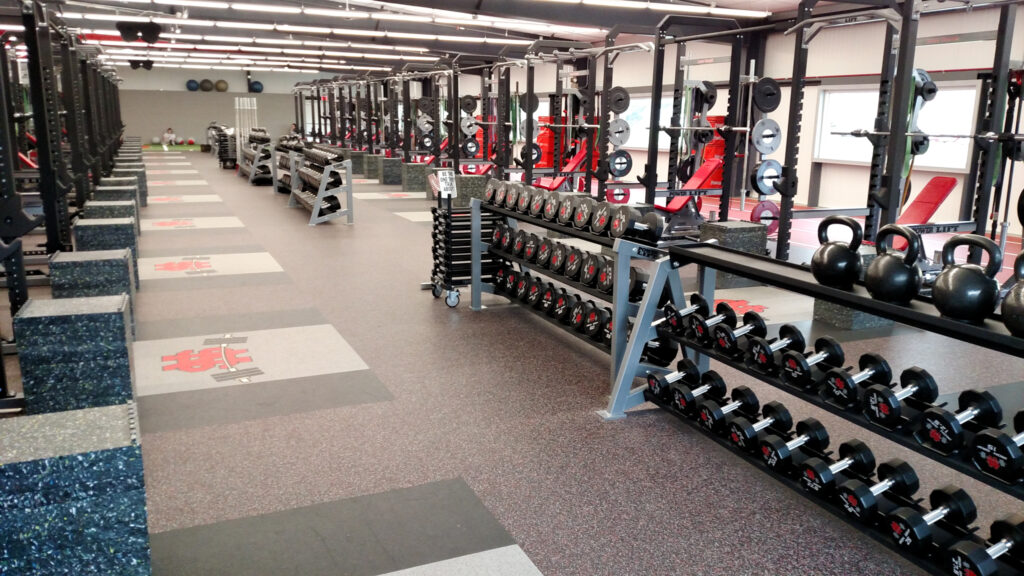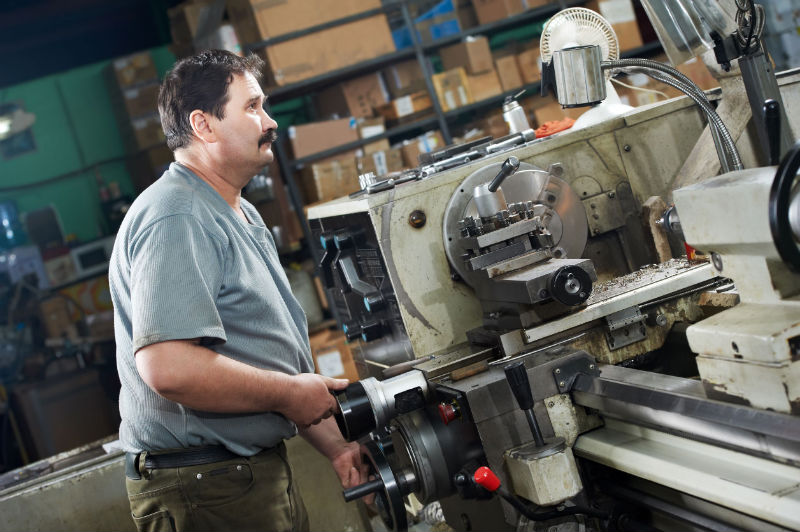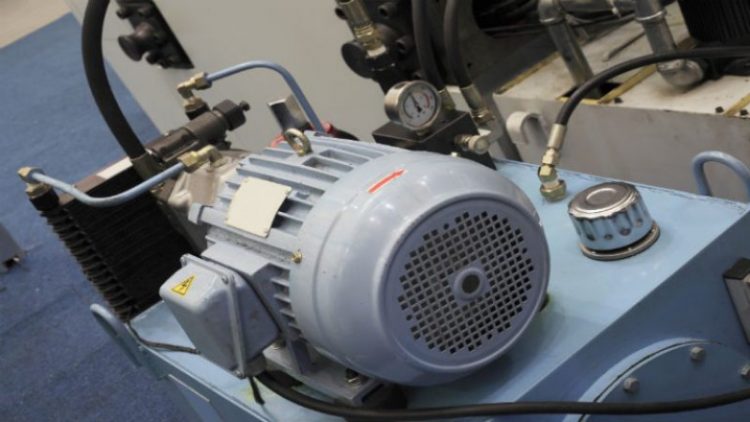PVF is short for pipes, valves and fittings. These components are essential for constructing systems that manage the flow of liquids or substances from one point to another. Whether it’s municipal water systems or industrial fluid management, such as chemicals or gas, PVF plays a pivotal role.
What Constitutes PVF for Industry?
Pipes, valves and fittings under the category of industrial PVF each have specific uses and characteristics that play a part in the system.
Pipes
Pipes cover a range of materials, sizes and shapes. Common process conditions that determine the type of pipe to use include the temperature, pressure and type of substance to be transferred. Pipe materials include:
-
Steel
-
Stainless Steel
-
Galvanized Steel
-
Copper
-
Aluminum
-
Cast Iron
-
Plastic
Valves
Because valves need to handle various substance flows and pressures, they come in a range of styles, sizes and pressure ratings. The right valve is important to system stability: Types include:
-
Check Valves
-
Butterfly Valves
-
Ball Valves
-
Float Valves
-
Diaphragm Valves
-
Globe Valves
-
Gate Valves
-
Pressure Relief
-
Solenoids
Pipe Fittings
Pipe fittings also come in a variety of materials, typically matching those of the pipe components. They also come in several types, depending on their purpose:
-
Tees
-
Crosses
-
Elbows
-
Nipples
-
Caps and Plugs
-
Ferrules
-
Unions
-
Couplings
How They Work
Top quality industrial PVF, when assembled, make up a working piping system for industrial settings. These systems of pipes, fittings and valves conduct liquids or substances of varying natures from A to B. Such substances or liquids include fuel for vehicles, refinery oil, steam in power plants or water in municipal water systems.


